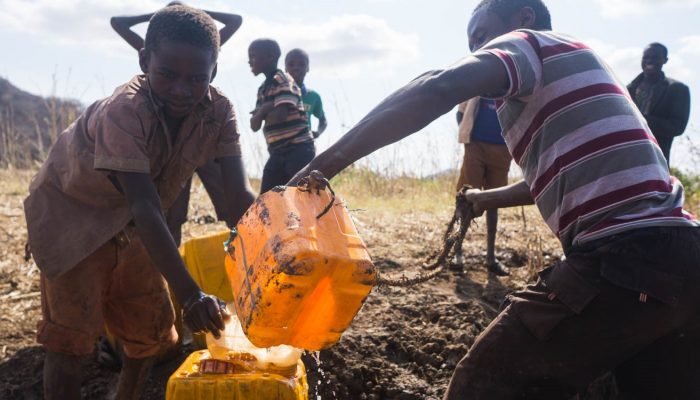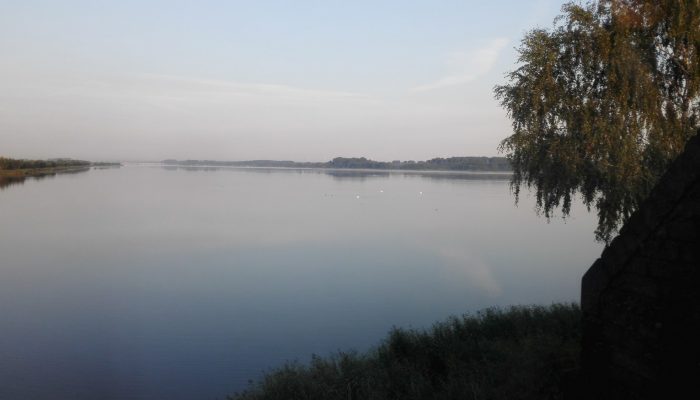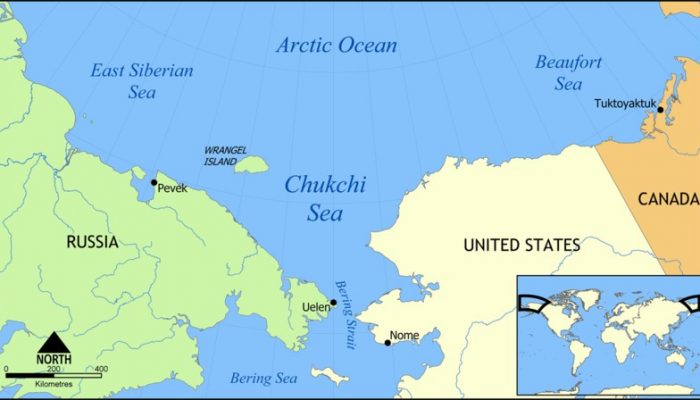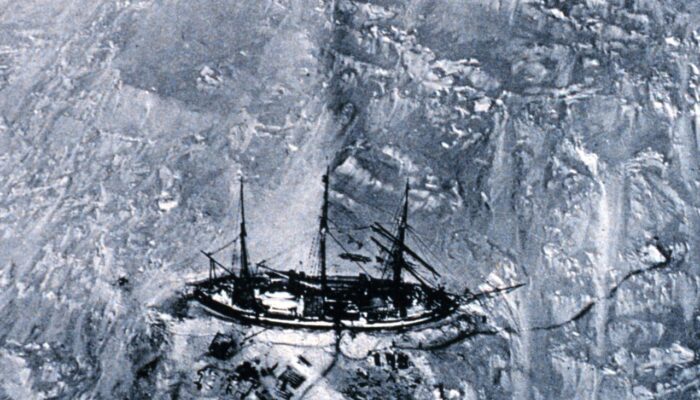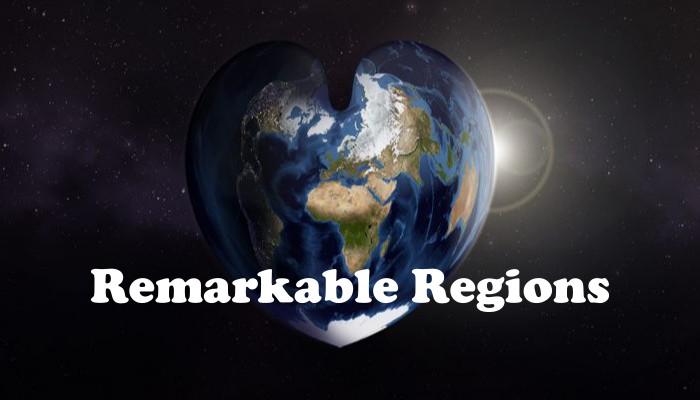Reporting live from the NetherMod karaoke bar,we summarise our experience with geodynamical karaoke (also see this post on the relationship between the two). Day 3 of NetherMod sizzled in a high of 29 °C, which meant the free afternoon just had to be that day. Of course, the day of the free afternoon had to round up with wine tasting and karaoke after dinner. How convenient that the wine tasting p ...[Read More]
If you didn't find what you was looking for try searching again.
Geodynamics
NetherMod Day 3 – Science & Windsurfing
Let’s keep going with the programme: today’s talks dealt with the following topics: (1) Lower mantle rheology–what do we really know? (2) Modelling plasticity and fractures in porous media: everything goes wrong! (3) Complexities of subduction dynamics. The first keynote talk was on the rheology of the lower mantle, an important part of the Earth. John Hernlund spent his 45 min describing wh ...[Read More]
Geology for Global Development
Guest Blog: Geoscience’s Role In Addressing Fluorosis In Tanzania
Megan Jamer is a geoscientist from Canada, and an avid cyclist and explorer. Megan is currently travelling around East Africa on bicycle, taking in some remarkable sites and observing first hand the relationship between geoscience and sustainable development. Megan has previously written about agroforestry, landslides, and disaster risk reduction in Rwanda. Her travels have since taken her to Tanz ...[Read More]
Geodynamics
NetherMod Day 2 – The science starts
Today’s NetherMod update is written by Yue Zhao. She did her MSc at Utrecht University and is now a PhD at Vrije Universiteit Amsterdam. To study the thermal evolution of the Moon, she incorporates high temperature and pressure experimental results from her group into numerical models of lunar mantle convection. After a wonderful ice-breaking evening in the glimmering setting sun over ...[Read More]
Cryospheric Sciences
Image of the week – Getting glaciers noticed!
Public engagement and outreach in science is a big deal right now. In cryospheric science the need to inform the public about our research is vital to enable more people to understand how climate change is affecting water resources and sea level rise globally. There is also no better way to enthuse people about science than to involve them in it. However, bringing the cryosphere to the public is a ...[Read More]
GeoLog
GeoSciences Column: When could humans last walk, on land, between Asia & America?
Though now submerged under 53 m of ocean waters, there once was a land bridge which connected North America with Asia, allowing the passage of species, including early humans, between the two continents. A new study, published in the EGU’s open access journal Climate of the Past, explores when the land bridge was last inundated, cutting off the link between the two landmasses. The Bering Strait, a ...[Read More]
Geodynamics
The Rainbow Colour Map (repeatedly) considered harmful
This week’s “Wit and Wisdom” post is a guest entry by researcher Fabio Crameri from the Centre for Earth Evolution of Dynamics (CEED), University of Oslo. Many of us are guilty of creating figures using the colours of the rainbow in their full glory – it’s bold, exciting, and justifies the golden data contained within, right? Wrong! As Fabio explains, the rainbow scheme is misleading and should be ...[Read More]
GeoLog
Imaggeo on Mondays: A total eclipse of the Moon
Today, all eyes are turned to the sky; at least in North America, where the region will be treated to an eclipse of the sun. The online hype is hard to miss and its hardly surprising, opportunities to see the moon completely cover the Sun, where you are, are rare*. According to NASA, the same spot on Earth only gets to see a solar eclipse for a few minutes about every 375 years! If like us, you ca ...[Read More]
Cryospheric Sciences
Image of the Week – See sea ice from 1901!
The EGU Cryosphere blog has reported on several studies of Antarctic sea ice (for example, here and here) made from high-tech satellites, but these records only extend back to the 1970s, when the satellite records began. Is it possible to work out what sea ice conditions were like before this time? The short answer is YES…or this would be a very boring blog post! Read on to find out how hero ...[Read More]
Geodynamics
The eastern Mediterranean: What’s in a name?
Every 8 weeks we turn our attention to a Remarkable Region that deserves a spot in the scientific limelight. To kick off this series, Anne Glerum introduces us to the eastern Mediterranean, which has been a natural laboratory for generations of scientists. The name of our Remarkable Region is quite descriptive: it designates the region around and including the eastern part of the Mediterranean Sea ...[Read More]



